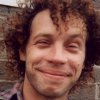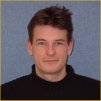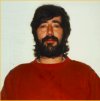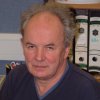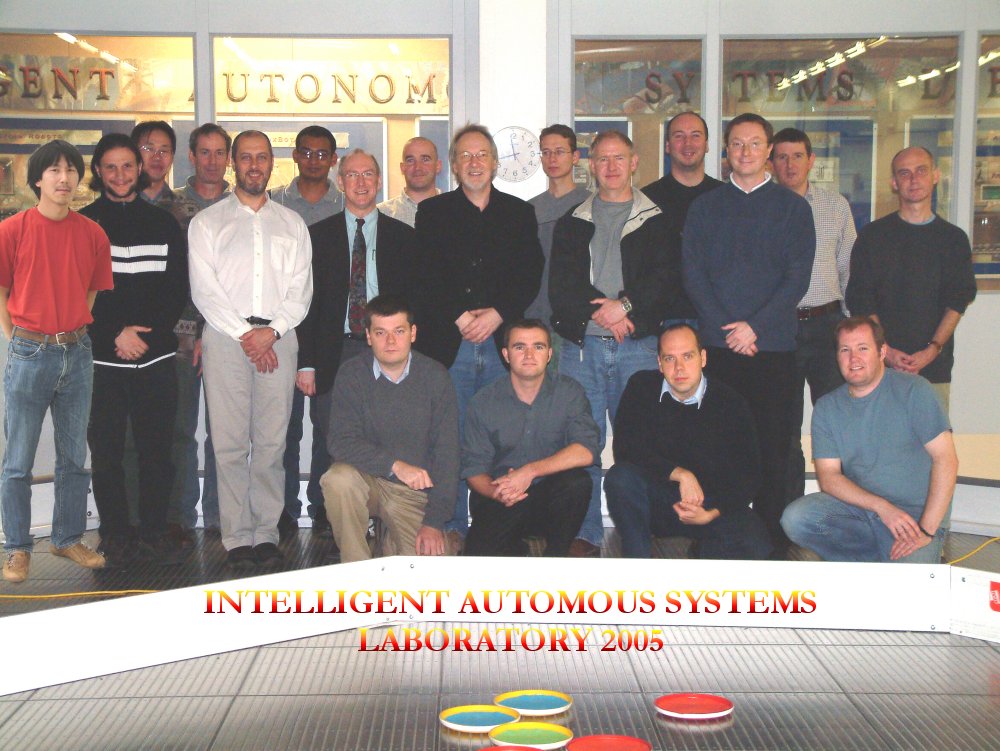 Professor
Andrew Adamatzky. Professor
Andrew Adamatzky.
My research interests concentrate around cellular automata, computing in natural media, parallel algorithms and collective intelligence. My recent contributions to robotics include excitable controllers for robots, self-organized robotic structures, mathematics of collective robotics. |
With a broad background in mechanical, electrical and electronic engineering, my interests include the design and test of miniature engines, and novel power systems for autonomous systems.
|
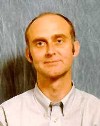 Dr. Brian Carse.
My research interests are in machine learning, evolutionary algorithms, fuzzy control and neural networks. |
Dr. Dylan Evans, Senior Lecturer in Intelligent Autonomous Systems. My research goal is to build robots with various kinds of emotional capacities. This includes giving robots the ability to recognise emotional expressions in humans, and the ability to display behaviours that will be interpreted as emotional expressions by humans. A much more ambitious goal is to incorporate artificial emotions in robot control architectures. |
 Professor John Greenman.
Professor John Greenman.As a microbiologist I am interested in how bacteria can be employed in microbial fuel cells. |
I am interested in making robot systems which can behave autonomously in an intelligent manner. I am currently working on collective as well as single robot systems, energy autonomy, and bio-inspired systems. (See Our Mission) |
|
|
Dr. Tony Pipe, Deputy Director: Bio-Electronics Group.
The Bio-electronics group has a scope that ranges from applications of electronics to medical systems through to biologically-inspired machine intelligence. Current topics that the group are involved with include; hormone level tracking using microscopic magnets, electroacupuncture, Immunotronics (self-healing VLSI circuits), embedding mammalian brain function in VLSI circuits, implementing evolutionary computation, neural networks and fuzzy systems directly on VLSI circuits, & developing the silicon retina into a visual object recognition system. |
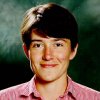 Dr. Ana Sendova-Franks, Senior Lecturer in Statistics.
My research interests are in the areas of Social Insects, Mathematical Biology, Biometry, Collective Intelligence and Collective Robotics. |
 Professor Alan Winfield, Associate Dean (Research) CEMS and Founding Member.
My work is centred on Control and Communications architectures for mobile robots (i.e. the LinuxBot). Current research has three strands: ad-hoc wireless connected robot swarms; autonomy in space robotics, and provably-stable intelligent control. |
 Professor Quan Min Zhu, Control Systems. My research interests are in the field of nonlinear dynamic system modelling, identification and control. |
|

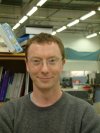



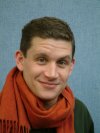
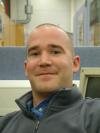



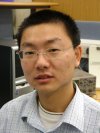 Xin
Yang, Hardware Biologically Plausible Modelliing of the Periphery Auditory
System for Mobile Robotics.
Xin
Yang, Hardware Biologically Plausible Modelliing of the Periphery Auditory
System for Mobile Robotics.

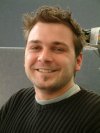
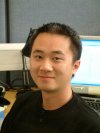
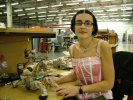



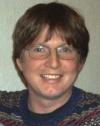
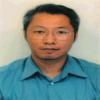

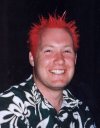

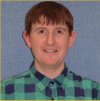
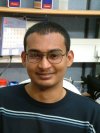
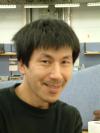
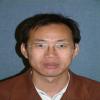
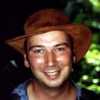


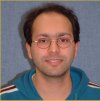

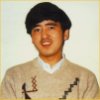
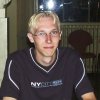
 Dr. Mark
Randall, Adaptive Neuro-Control of Walking Robots.
Dr. Mark
Randall, Adaptive Neuro-Control of Walking Robots.

